23 protocols, an overview of the current chain abstraction protocol pattern
Eric SJ(重开版)2024/09/02 06:40
By:Eric SJ(重开版)
Is the chain abstraction itself the core paradox of the optimal solution for infrastructure? Among so many chain abstractions, which one is the ultimate abstract solution?
This article counts 23 protocols that are currently online and not yet online in the market (including protocols with the motivation to do chain abstraction).
So far, I haven't seen anything more complete than this article
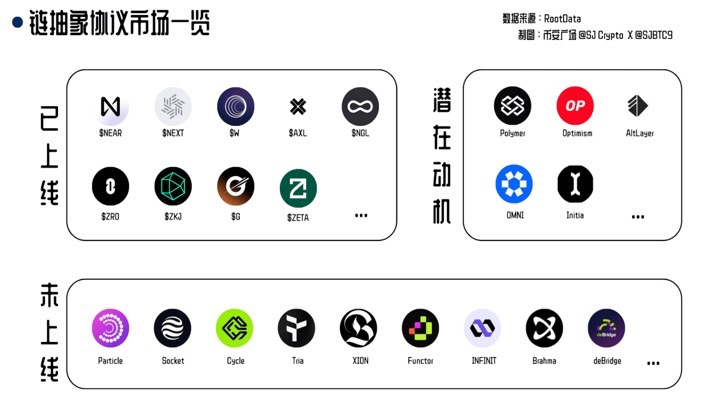
1. Chain abstract requirements 🔻
I haven't traced the origin of the concept of chain abstraction, but what can be confirmed is that its proposal solves the problems of liquidity dispersion and attention dispersion caused by the current multi-chain pattern in the industry.
There are hundreds of Ethereum-derived chains alone, which is actually a split in the developer community
Before building upstream, many factors need to be considered for this chain, including whether there will be more would-be users.
If you bet on the wrong thing, you can basically declare that this entrepreneurship can come to an end. After all, opening a store on a "ghost chain" is a waste of costs without any expected revenue. The result can be imagined (only a few projects like Manta will partially break away from the original ecosystem (Polkadot) and regain vitality).
The potential trend of current chain abstraction is still quite obvious. Here are two recent trends from BinanceLabs:
Announced investment in chain abstraction protocol Particle Network
(2) The Cycle Network selected for the seventh incubator is the chain abstraction track
Originally, cross-chain protocols should ideally exist to solve this multi-chain pattern, but later it was found that its threshold for users is still relatively high. Therefore, the relationship between the two is actually inclusive: chain abstraction includes cross-chain protocols, not equal.
In yesterday's communication with friends, I said that cross-chain protocols that do not iterate to the chain abstraction scheme in the future will eventually be eliminated by the market.
You can sort out the main direction of the concept of [chain abstraction] and the problems it may encounter from this introduction.
------ Divider: Project Overview ---
2. Online protocol 🔻
2.1 NEAR Protocol
The solution adopted by NEAR in the field of chain abstraction is: Web2 social login + preset GAS (allowing developers to prepay GAS to users in a pool in advance) + multi-chain signature (messages from other chains can be signed on the NEAR chain).
● Implement the entire logic of chain abstraction through the above three main components to support seamless user experience
2.2 Everclear
Everclear implements chain abstraction by constructing the concept of a "settlement layer" to coordinate transactions and settlements between different chains. By optimizing settlement paths and reducing the number of actual cross-chain bridges, it reduces the cost and latency of cross-chain transactions.
Simply put, it simplifies the actual user cross-chain steps. We don't need to find the corresponding bridge. Everclear can automate the execution of these intents.
2.3 Chain abstraction three giants: Wormhole/Axelar/Layerzero
As mentioned earlier, there is an inclusive relationship between chain abstraction and cross-chain protocols. Chain abstraction is based on multi-chain messaging and liquidity calls, and all three are cross-chain interoperability protocols launched this year. They occupy a considerable market consensus, strong financing lineup, and certain market share in the market, making them very representative. Therefore, they are called the "three giants of chain abstraction".
Currently, they do not define themselves as [chain abstraction] like protocols perpendicular to the field of chain abstraction. The main focus is on cross-chain interoperability protocols. This article focuses on the introduction of chain abstraction and will not go into too much detail about them. It is only necessary to know that their business models are similar.
2.4Polyhedra/Entangle
The logic of Polyhedra and Entangle is similar to the above-mentioned "chain abstraction three giants". Polyhedra uses its product zkBridge to achieve cross-chain messaging, while Entangle focuses more on liquidity. In principle, it is expected that they will enter the chain abstraction in the future.
2.5
Gravity
Gravity is a full-chain Layer1 launched by the famous on-chain credential network Galaxy, which allows developers to define and settle transactions on multiple networks, and enhances the on-chain experience of the original large user base by introducing account abstraction. It also includes intent-based transactions and NEAR-like
GAS subsidy schemes, eliminating the problem of multi-GAS reservation between multiple chains.
However, there are currently no more technical details for the chain, only self-positioning and documentation are in the realm of chain abstraction.
2.6Zeta Chain
ZetaChain implements chain abstraction through its general EVM and chain abstraction framework
(1) Universal EVM is a state synchronization environment that can be called from any chain, manage native assets on any chain, and access any message to call contracts on other chains
It allows developers to deploy the code once to run on all connected chains, including non-smart contract chains such as
$BTC
$DOGE
The provided chain abstraction framework enables the network to connect to any blockchain. It allows developers to build powerful state management and meet the needs of multi-step, multi-chain applications, all of which are completed in the familiar EVM Development Environment
3. No online agreement 🔻
3.1Particle Network
Particle can be said to be the most influential chain abstraction protocol in the current market. Its three core functions of realizing chain abstraction are: universal account, universal liquidity and universal
GAS .
Universal account: One account to access all chains
Universal liquidity: Aggregate asset liquidity across all chains and achieve on-demand allocation, improving the efficiency of fund utilization
Universal
GAS : No need to purchase additional GAS during multi-chain interaction
It has been specifically introduced before, so it will not be elaborated here 👇🏻
3.2Socket
A key mechanism of Socket is the Modularization order flow auction, which is somewhat similar to the concept of universal liquidity or intent trading. This process allows users to interact seamlessly across any supported network.
However, it should be noted that Socket was hacked earlier this year. Currently, the progress of this project seems to be in the shadow of this attack, and there is no strong vitality. There are only a few sentences in the document description about chain abstraction.
3.3Cycle Network
Cycle is also a seamless cross-chain concept, which aggregates the states of multiple chains into one state as a "universal layer" of Rollup. It is not a traditional bridge itself, but another trend of development. It will be expanded in more detail later, and will not be elaborated here. We only need to understand it simply as a zk Rollup that links all L1 and L2.
This plan is similar to the Entangled Rollup plan that I will discuss later. Interested friends can check it out themselves.
For the concept of [General Layer], you can also visit my past content
3.4Tria
Tria's scheme description is very similar to the three major functions of Particle, so it will not be repeated here. It is worth mentioning that the current vitality of this protocol is not as good as the latter, but it has a heavier
Solana series "taste".
3.5XION
XION also adopts a more mainstream chain abstraction scheme, but it is interesting to use
USDC as the main transaction currency, which is different from Particle and Tria in the chain abstraction.
3.6Functor Network
Functor is a lower-level chain abstraction component protocol that provides private key management for chain abstraction or account abstraction wallets. It belongs to the upstream of this solution.
3.7INFINIT
INFINIT is entering an interesting market segment: the Defi abstraction layer, which provides developers with almost plug-in Modularization Defi construction on the backend through the existing Defi protocol, and provides users with a seamless chain abstraction experience on the frontend. It is the first Defi abstraction subdivision protocol I have seen so far.
3.8Brahma Console
Brahma is also a chain abstraction protocol with more Defi attributes. By adopting a unified account and preset custom trading strategies, it achieves a chain abstraction more perpendicular to the on-chain revenue field, simplifying Defi interaction.
3.9deBridge
This is a protocol for deploying a cross-chain bridge protocol. Previously, I referred to it as the "construction team" of the cross-chain bridge. According to my communication with the project personnel, it has already taken action to abstract the chain
In addition to the above-mentioned chain abstraction solutions, there are also some
ETH L2 cross-chain interoperability solutions and Rollup construction solutions that are motivated to do chain abstraction in the future, such as Polymer, Initia, and OMNI, which serve as L2 inter-chain interoperability solutions. It is normal to smoothly transition to chain abstraction in the future.
ALT itself has entered the L2 cross-chain interoperability through strategic cooperation. OP benefited from the layout of OP Superchain and launched a native cross-chain interoperability solution last week.
4. Intention? Chain abstraction? The path to the optimal solution is not so simple~
Currently, the definitions of [intent] and [chain abstraction] are a bit vague because the premise of intent often includes multi-chain aggregation environments. However, this article still does not include the vertical protocols related to [intent], because the known intents in the market generally refer to intent transactions, such as protocols like DappOS,
LI.FI , and PropellerHeads.
The various projects mentioned above have certain differences in their chain abstraction solutions. Some provide a universal account system that allows users to access multiple blockchains through a single account, while others use cross-chain bridge aggregators to integrate multiple cross-chain bridge protocols. In the future, there are also many protocols with strong motivation for chain abstraction.
Under the trend of so many schemes, there will also be a problem: which scheme is the final solution of the chain abstraction ❓
Let's think back to the purpose of chain abstraction. Isn't it to unify infrastructure and various layers, and then polish a smooth front-end for users?
But with so many chain abstraction schemes, they also need to compete and compete with each other, a bit like the current pattern where various Rollups are rampant.
It seems that the infrastructure development of the industry is facing this problem. When a trend of a solution is launched, corresponding problems also arise. Multiple competing solutions will also disrupt the liquidity of the industry due to different competitive relationships.
I think this is the core paradox of discussing whether chain abstraction itself is the best solution in the industry: among so many chain abstractions, which one is the ultimate abstract solution?
Open ending, welcome to discuss~
0
0
Disclaimer: The content of this article solely reflects the author's opinion and does not represent the platform in any capacity. This article is not intended to serve as a reference for making investment decisions.
PoolX: Locked for new tokens.
APR up to 10%. Always on, always get airdrop.
Lock now!
You may also like
Big XRP News: Ripple and SEC Seek Settlement, Pause Appeals
Cryptoticker•2025/04/12 02:55
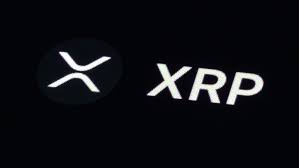
Aave price prediction: are bulls set to reclaim $200?
Coinjournal•2025/04/12 00:44
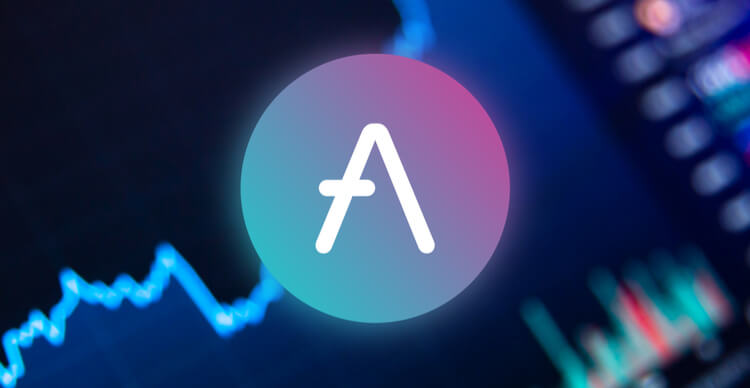
Solana (SOL) surges 10% to key level as Bitcoin (BTC) reclaims $83,000
Coinjournal•2025/04/12 00:44
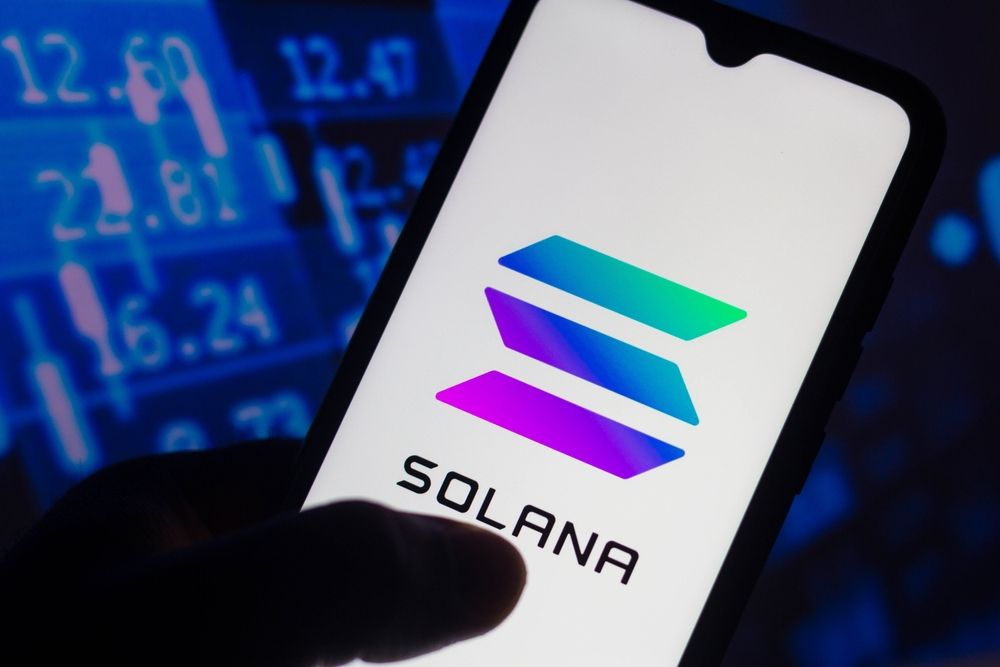
Can Pepe Really Hit $1? Traders Flock Back After 16% Bounce
CryptoNews•2025/04/12 00:23
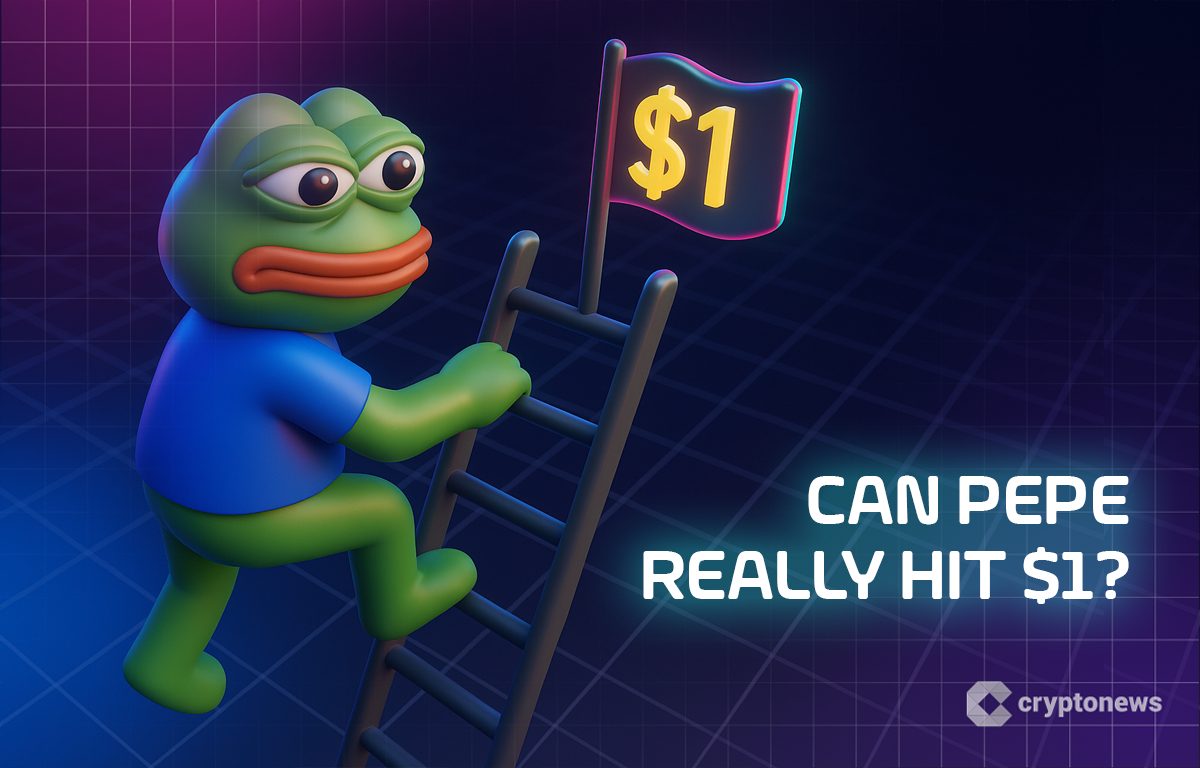
Trending news
MoreCrypto prices
MoreBitcoin
BTC
$83,438.34
+1.71%
Ethereum
ETH
$1,593.08
+2.09%
Tether USDt
USDT
$0.9997
+0.03%
XRP
XRP
$2.06
+2.75%
BNB
BNB
$590.12
+1.66%
Solana
SOL
$124.42
+5.97%
USDC
USDC
$1
+0.00%
Dogecoin
DOGE
$0.1626
+3.21%
TRON
TRX
$0.2491
+4.99%
Cardano
ADA
$0.6319
+0.61%
How to sell PI
Bitget lists PI – Buy or sell PI quickly on Bitget!
Trade now
Become a trader now?A welcome pack worth 6200 USDT for new Bitgetters!
Sign up now